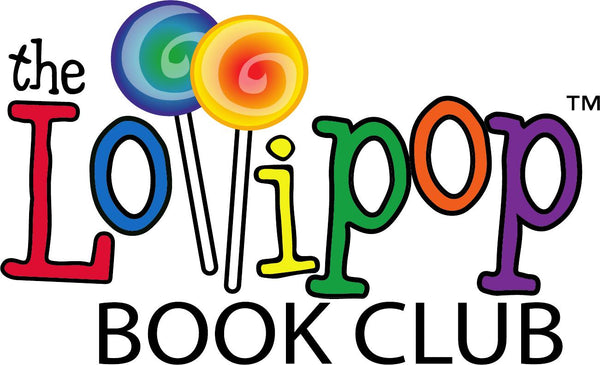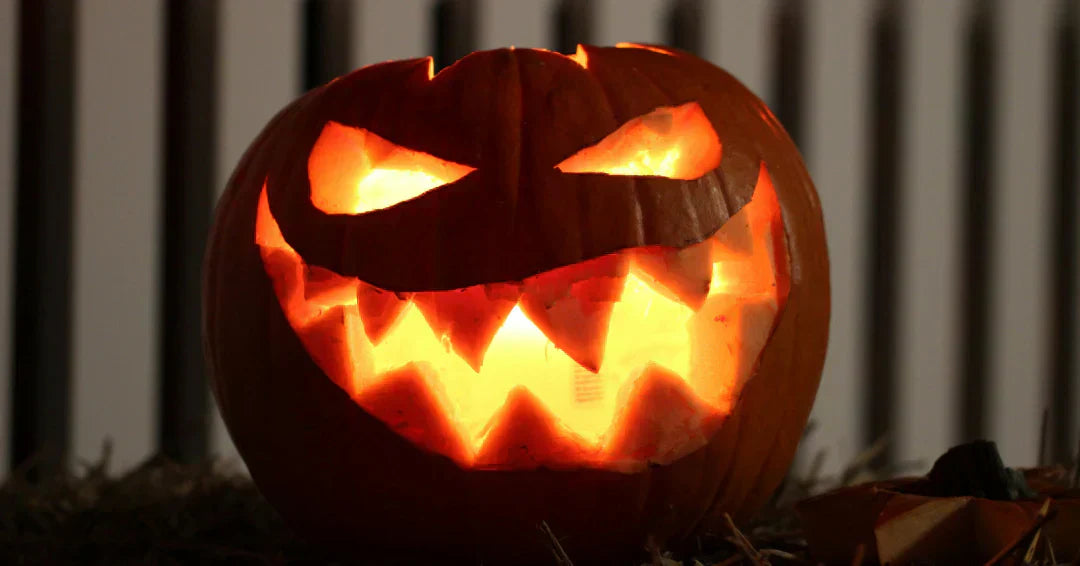Turning ordinary pumpkins into ghastly faces with evil eyes and chiseled teeth is a fun exercise in creativity. Kids and adults alike gather around the kitchen table every Halloween with sharp tools to cut and carve pieces of pumpkins into horrifying facial features. Seeds are scooped out and baked into a nutritious snack while everyone is busy competing to make the scariest jack-o'-lantern. This pumpkin-carving tradition may seem just like a fun and frivolous activity, but it is actually rooted in some interesting history. Kids will enjoy learning about how these creations came to be, as well as all kinds of other interesting facts about jack-o'-lanterns.

Jack-O'-Lantern History for Kids
Kids are captivated by jack-o'-lanterns for many reasons, and their history only adds to the allure. These glowing gourds are a quintessential symbol of Halloween, a holiday children adore for its costumes, candy, and festive spirit. A jack-o'-lantern is a clear sign that Halloween has arrived! Part of the fascination comes from the tale of Stingy Jack, a cunning character who outsmarted the Devil. The notion that he's doomed to roam the earth with only a flickering turnip to light his way is both a little spooky and a classic "trickster" story. While the full legend can be intricate, it's often simplified to explain why we began carving faces into vegetables in the first place. Kids will be fascinated by the creepy, colorful history of how pumpkins carved into freaky faces have evolved from a strategy to keep homes protected from menacing spirits into a fun, family-friendly Halloween activity. They will also love reading books about jack-o'-lanterns where these pumpkins spring into action, causing all kinds of mischief on Halloween. Here the history of jack-o'lanterns and some other fun trivia to share next time you are carving your own creations.
Everything to Know About Jack-O'-Lanterns
Children love learning about jack-o'-lanterns because it mixes hands-on fun with a bit of mystery and a link to history. Understanding where jack-o'-lanterns came from helps them see why we celebrate Halloween the way we do. It transforms a simple decoration into a tradition with a fascinating past. They often find it cool that something they make today has been made by people for hundreds of years, even if those early lanterns used different vegetables! Learning the history also gives the jack-o'-lantern a deeper meaning. Even in a simple way, kids can understand these lanterns were once meant to ward off evil spirits. This adds a layer of intrigue and a feeling of magical protection, making them more than just a decoration. Knowing this background can even spark their creativity when carving, inspiring them to make faces that are "scary enough to scare away spirits" or that look like a "mischievous trickster."

(1) Jack-O'-Lanterns were not originally made from pumpkins.
Originally, jack-o'-lanterns weren't made from pumpkins at all! In Ireland and Scotland, people traditionally carved them from turnips, potatoes, or even beets. Then they placed a candle inside to ward off evil spirits. When immigrants brought this custom to America, they quickly found that pumpkins were much larger and easier to carve. That's how the familiar orange, gourd-based jack-o'-lantern we see today came to be.
(2) Jack-O'-Lantern history can be traced to a man named Stingy Jack.
According to Irish folklore, Jack was a man to escaped the hands of the devil on multiple occasions. One time the devil threw a glowing piece of coal to Jack so he could see his way out of the dark underworld. So Jack carved out a turnip and placed the hot coal inside, thus inventing the first jack-o'-lantern. Old Jack is rumored to still roam around the world, becoming most active on All Saints Day which is November 1st.
(3) The largest jack-o'-lantern ever carved weighed 2,560 pounds.
Named Maverick, after the hit movie, the gigantic pumpkin was carved into the shape of a helmet. It was grown in Anoka, Minnesota by Travis Gienger, who believes that Maverick's seeds could produce another record-breaking jack-o'-lantern.

(4) Pumpkins will start to rot a few days after they are carved into jack-o'lanterns.
However, there are a few ways to preserve the pumpkin for just a little longer. One suggestion is to spray the inside and all carved surfaces with a combination of bleach and water. The mixture will kill off bacteria and mold that lead to decay. Hairspray, especially anti-humidity products, has also been observed to slow down rot. Some people apply olive oil or petroleum jelly to the carved parts to help prevent dehydration.
(5) The city of Keene, New Hampshire broke a record for most jack-o'-lanterns lit at the same time.
A beautiful city near the Connecticut River partnered up with Let It Shine, Inc. to break a Guinness World Record on October 19, 2013. A small town with a population of just 23,000 pulled off quite a feat by displaying 30,581 jack-o'lanterns, almost 8,000 more than the number of residents. The town had previously broken the record 8 times, where local people and tourists alike flocked to Main Street where the carved pumpkins were lined up for the public to enjoy.
(6) Cucurbitophia is the fear of all pumpkins when carved into frightening faces.
When October rolls around, some people grow especially nervous at the sight of pumpkins popping up everywhere. Cucurbita maxima is a Latin term that refers to all fruits that are part of the pumpkin family. Although it is impossible to know how many people actually suffer from this phobia, reports of the irrational fear of pumpkins have been documented. Upon seeing them, people react in an excessive and irrational manner, likely due to the association with other fearful Halloween specters.
(7) The term "jack-o'-lantern" preceded the tradition of carving of pumpkins.
Here's an interesting tidbit: the phrase "jack-o'-lantern" was around long before it ever referred to carved gourds. In the 17th century, it commonly described a night watchman carrying a lantern or even those eerie, flickering lights seen over bogs and marshes, often called "will-o'-the-wisps." It wasn't until the 19th century that the name firmly linked up with our Halloween carving tradition.
(8) Travel to New York to experience the most famous jack-o'-lantern festival.
Prepare to be amazed by the Great Jack O'Lantern Blaze, widely considered the most famous and well-regarded jack-o'-lantern festival in the U.S. This spectacular event lights up two New York locations: the Hudson Valley (Croton-on-Hudson) and Long Island (Old Bethpage). At the Blaze, you'll wander through thousands of meticulously hand-carved, illuminated pumpkins that form breathtaking, larger-than-life displays. Imagine seeing a pumpkin carousel, a pumpkin planetarium, a "Pumpkin Zee Bridge," towering dinosaurs, and even slithering sea serpents, all crafted from gourds! The entire experience is brought to life with synchronized lighting and an original, captivating soundtrack. It's an incredibly popular event that often sells out, so if you're planning to go, we highly recommend getting your jack-o'-lantern festival tickets in advance.
(9) Picking the perfect pumpkin for carving a jack-o'-lantern.
Choosing the right pumpkin is key to a great jack-o'-lantern. Look for one that's firm all over, with no soft spots, bruises, or mold. A flat base is essential to keep your creation from rolling away. Check for a strong, green stem, as this signals freshness; avoid any with broken or shriveled stems. Finally, think about your design: taller pumpkins are ideal for intricate faces, while wider ones work best for broader designs.
(10) Choosing the best light source for carved pumpkins.
For the longest-lasting glow, battery-operated LED lights are highly recommended. They don't produce heat, which can dry out and "cook" your pumpkin's flesh, drastically shortening its lifespan. Plus, they completely eliminate any fire hazards. If you prefer the classic flicker of a real candle, just know that the heat will make your pumpkin rot faster. Be sure to carve a "chimney" hole at the top to allow heat and smoke to escape safely.
(11) Human facts were not the original carvings on pumpkins.
While today we mostly carve human or spooky faces into jack-o'-lanterns, that wasn't always the original idea. Early on, these carvings were sometimes just abstract patterns or simple holes designed to let light escape. Their main purpose was to appear menacing or to act as a protective ward against spirits, rather than to depict a specific character.





